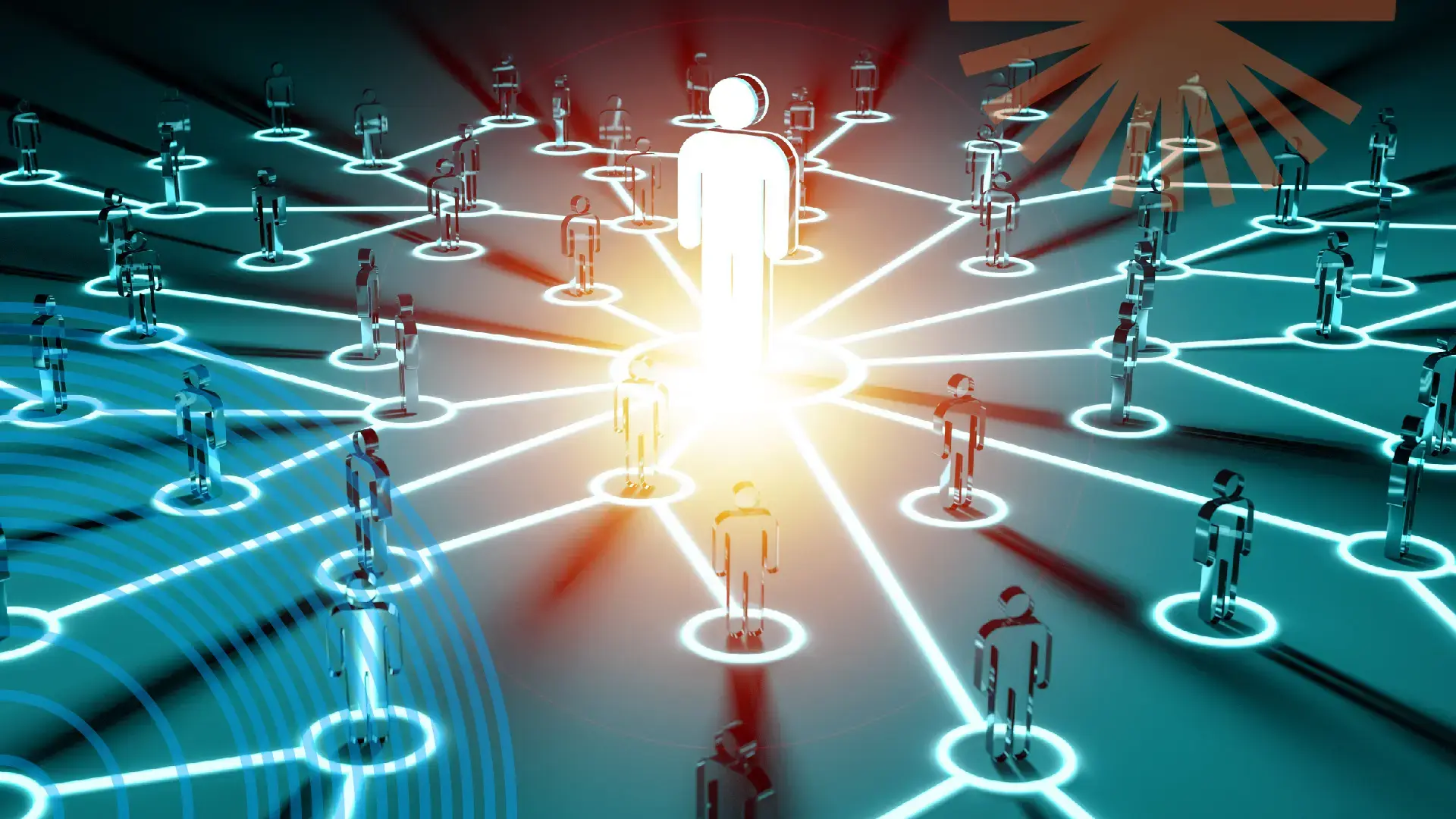Revitalizing Sales: The New Era of Channel Incentives Strategies
Exploring Innovative Approaches to Propel Sales Performance and Partner Engagement
In pursuit of excellence, vendors are dedicated to uncovering and implementing cutting-edge incentives that will significantly boost channel sales performance and deepen engagement with partners.
The modern shift towards an interconnected ecosystem economy, coupled with the rapid advancements in artificial intelligence, the widespread embrace of cloud computing, and the evolution of the digital buyer’s journey, is revolutionizing the channel business landscape. In this dynamic environment, the motivation of partner sellers becomes crucial to a vendor’s success, and incentives are a critical component to that motivation.
For instance, a meticulously crafted incentive plan can inspire MSP partners to integrate a vendor’s products into their solutions seamlessly, fostering strong, lasting partnerships. However, as ecosystems become increasingly intricate, conventional financial incentives such as volume rebates and SPIFFs fall short. Today, vendors must adopt a more nuanced and strategic approach to incentive plan design to effectively inspire a broad spectrum of partners.
To enhance ecosystem sales performance, we must customize motivators for our diverse partner teams. This requires understanding partner team member’s unique needs, preferences, and strengths, and crafting strategies that align with their motivations. By doing so, we can cultivate a more engaged and productive partner community, ultimately driving greater success and achieving our goals.
It’s time to revamp channel incentive plan designs to better align with today’s diverse partner types, multigenerational workforces, and evolving go-to-market strategies
When developing an incentive strategy, it’s crucial to start by deeply understanding your target audience. This allows you to determine if the incentive rate will resonate with them and, more importantly, if it will drive the desired partner behavior to achieve your target ROI. Understanding what motivates the right partner behavior will help you recognize and reward not only achievements, but the actions and activities that lead to and accelerate the desired result. Participants are interested in very different things, so you must offer a reward that is meaningful to them to build loyalty.
Recent research from the University of Waterloo’s Centre for Sustainability & Performance Management offers practical recommendations for vendors looking to enhance incentive plan design. Key best practices include understanding participants’ intrinsic motivations, aligning rewards with organizational values, and providing opportunities for meaningful recognition and appreciation. Another best practice is recognizing that with Generation X, Millennials, and Generation Z working side-by-side, it’s vital to understand the distinct values and motivators of each generation. Here’s why:
- Generation X values stability, work-life balance, and expertise recognition. They prioritize having clear career paths that allow for professional growth and development. Job security is crucial for them, as they seek long-term employment opportunities where they can build their careers. Additionally, they want their contributions acknowledged and appreciated, which helps foster a sense of loyalty and commitment to their organization.
- Millennials look for purpose, flexibility, and constant feedback in their work environments. They’re not just driven by a paycheck but are motivated by meaningful work that aligns with their values. They seek learning opportunities that allow for personal and professional growth, and they thrive on regular appreciation and constructive feedback that helps them improve and feel valued.
- Generation Z seeks job stability, social impact, and tech integration. This generation values secure jobs that provide long-term career growth and financial security. They are also driven by the desire to work for ethical companies that prioritize social and environmental responsibility. Additionally, they embrace the use of advanced technology in the workplace, looking for opportunities to innovate and stay ahead in a fast-paced digital world. They’re motivated by secure jobs, ethical companies, and advanced technology use, making them a unique and forward-thinking cohort in the modern workforce.
Channel incentive programs don’t always account for generational issues. But in today’s world as a new generation replaces the previous one, reward programs need to be adjusted to cater to the demographic of the new workforce, their needs and values. Millennials are currently the largest consumer group in the United States, with an estimated population of 72.24 million, and make up the largest part of the workforce. As you design your channel incentive structure, keep in mind that millennials place less value on financial compensation compared to previous generations, but they crave recognition, learning and development.
Today’s rewards programs should be versatile and target cultural, generational, and gender differences. By offering a range of options and personalized incentives, vendors can better engage with a diverse customer base.
In addition to recognizing and understanding the distinct values and motivators of each generation, to really drive performance, we must employ a blend of intrinsic and extrinsic motivators tailored to the diverse workforce that makes up partner teams. This means appreciating the unique perspectives and experiences that each age group brings to the table, and crafting strategies that resonate on a personal level. By doing so, we can foster a more inclusive and engaged work environment that not only meets but exceeds our organizational goals.
- Intrinsic motivators: These are internal rewards that drive behavior, such as personal satisfaction, enjoyment, or the pleasure of mastering a new skill. When you’re intrinsically motivated, you engage in an activity for the sheer joy or challenge it brings, not for some external reward. For example, a person might spend hours playing the piano not because they expect to win a prize, but because they find deep fulfillment and happiness in creating music. Intrinsic motivation often leads to a greater sense of purpose and long-term commitment to the activity.
- Extrinsic motivators: These come from external factors and can include tangible rewards like money, grades, or promotions at work, as well as intangible ones like praise, recognition, or fame. Extrinsic motivation drives you to do something not because you inherently enjoy it, but to earn a reward or avoid a punishment. For example, an employee might work overtime to receive a bonus, or a student might study hard to achieve high marks. These motivators can be powerful, but they often rely on the presence of external validation to sustain effort and engagement.
It is also important to recognize that channel rewards programs can be designed for three key audiences:
- Channel partner employees – such as sales reps, sales engineers, marketing associates, and technical personnel. Channel partners may not always allow vendors to include their employees in an incentives program, However, if incentives are aligned with company level incentives the partner will often agree to allow their employees to participate.
- Channel partner owners – This audience is different in that the objective here is to motivate the behavior of a channel partner company. Goals or objectives to be incentivized could include achieving revenue targets, penetrating new markets, and gaining new customers, or “soft” goals such as completing certification courses, marketing certification, and achieving targeted customer satisfaction scores.
- Channel account managers – Remember your CAMs or PAMs, you need their involvement to make incentive programs successful. Think of their participation as you would any other sales incentive program, especially if you are looking to drive Co-Sell motions. While this blog focuses primarily on the top two groups, there are certain principles that apply to all three groups identified here.
BEST PRACTICES TO PROPEL SALES PERFORMANCE AND PARTNER ENGAGEMENT
- Understand who you are trying to incent. Build specific promotions for each partner type, GTM, and specialization, considering the demographic make-up of your partner organization, and adjusting over time to meet changing needs.
- Start adapting strategies to motivate and engage millennials through behavioral based promotions tied to the sales cycle, not just the transaction. Reward behaviors that lead to the sale, i.e. MQL to SAL to SQL.
- Give participants control by offering choices as part of the rewards system. Consider financial rewards as part of the program, not as its center piece. Non-monetary options create an emotional context for the reward.
- Promote a culture of recognition and collaboration to impact the participant’s satisfaction, morale, and engagement. Consider the extrinsic and intrinsic motivators that have a direct impact on your culture and values.
- Include your CAM’s. Ensures that all stakeholders are aligned and derive tangible benefits. A unified approach to incentives builds deeper relationships with partners, improving the effectiveness of complex solution selling.
In conclusion, the shift to an ecosystem economy, advancements in artificial intelligence, the widespread adoption of cloud computing, and the new digitally oriented buyer’s journey are significantly transforming the channel business. Smart incentive plan design, attention to the partner experience, and a re-prioritization of incentive strategies can help vendors and their partners yield a competitive advantage in the new channel. Talk to us and learn the many ways we can help!
Share this
You May Also Like

Unlock the Power of Influence: Elevate Your Channel Incentives Strategy

Top 10 Best Practices for Successful Channel Incentive Programs
